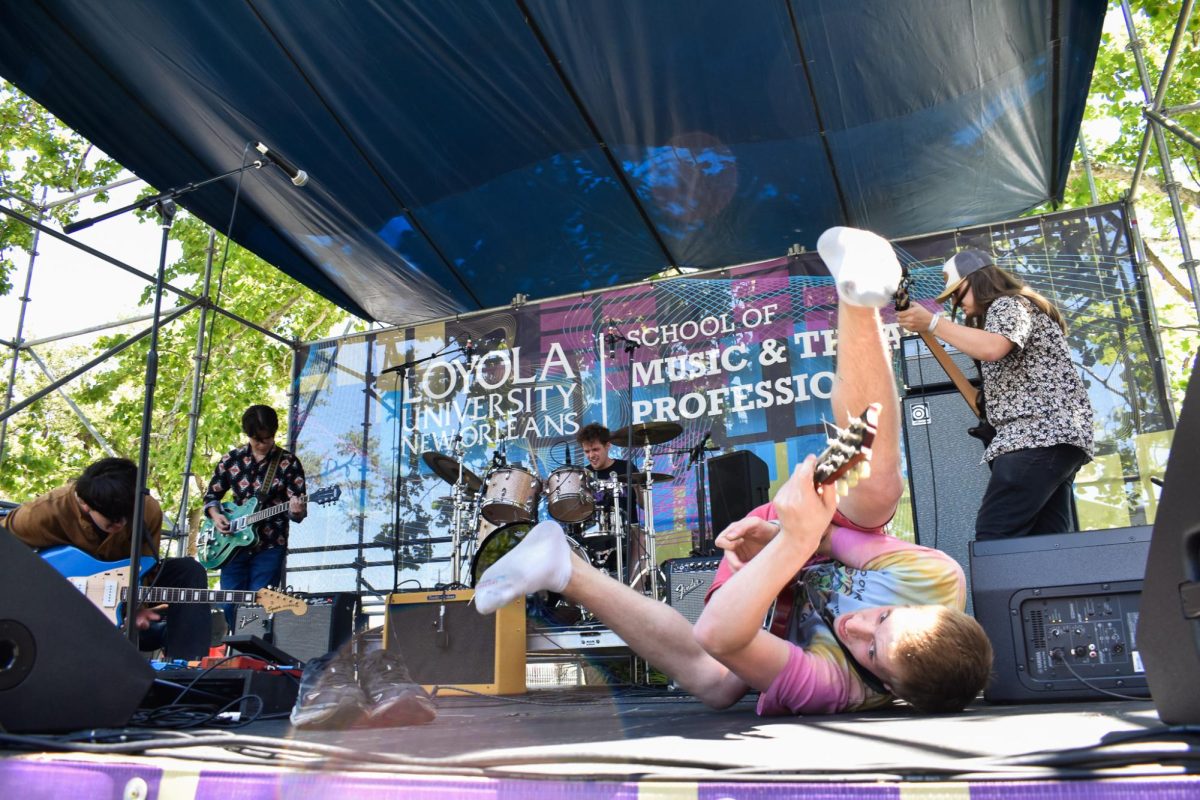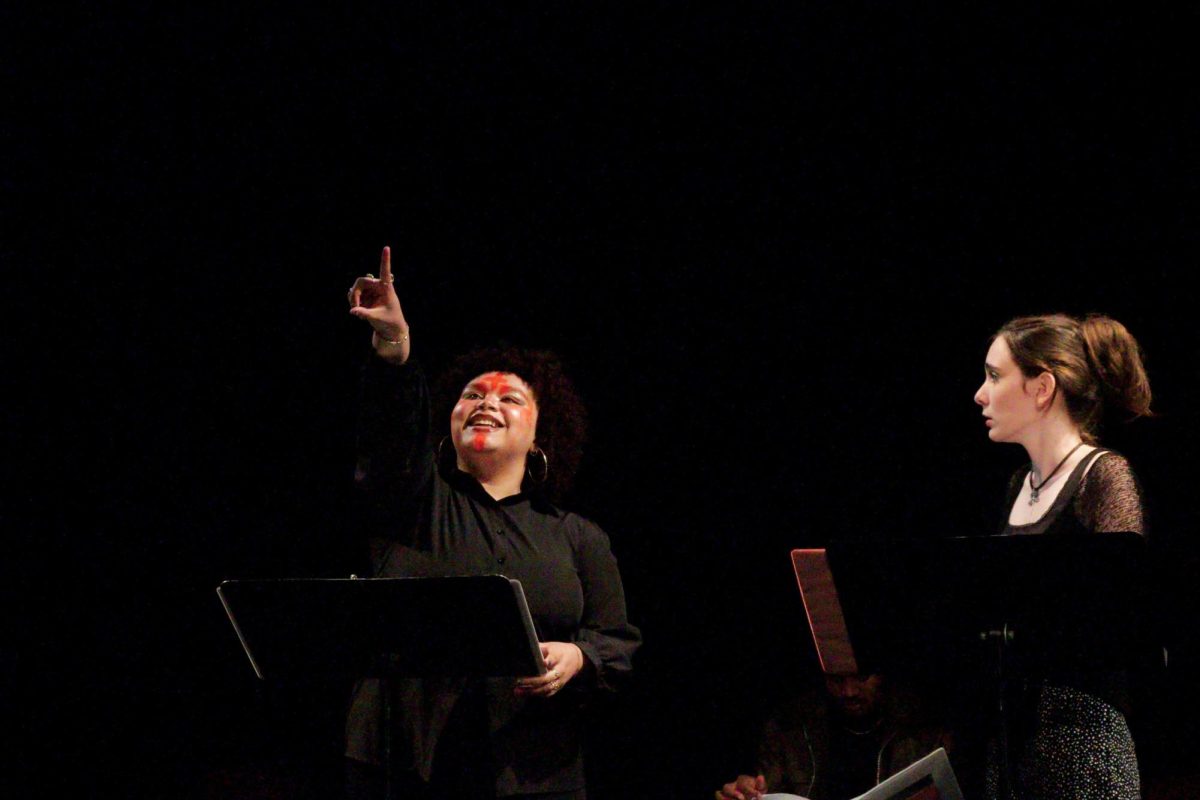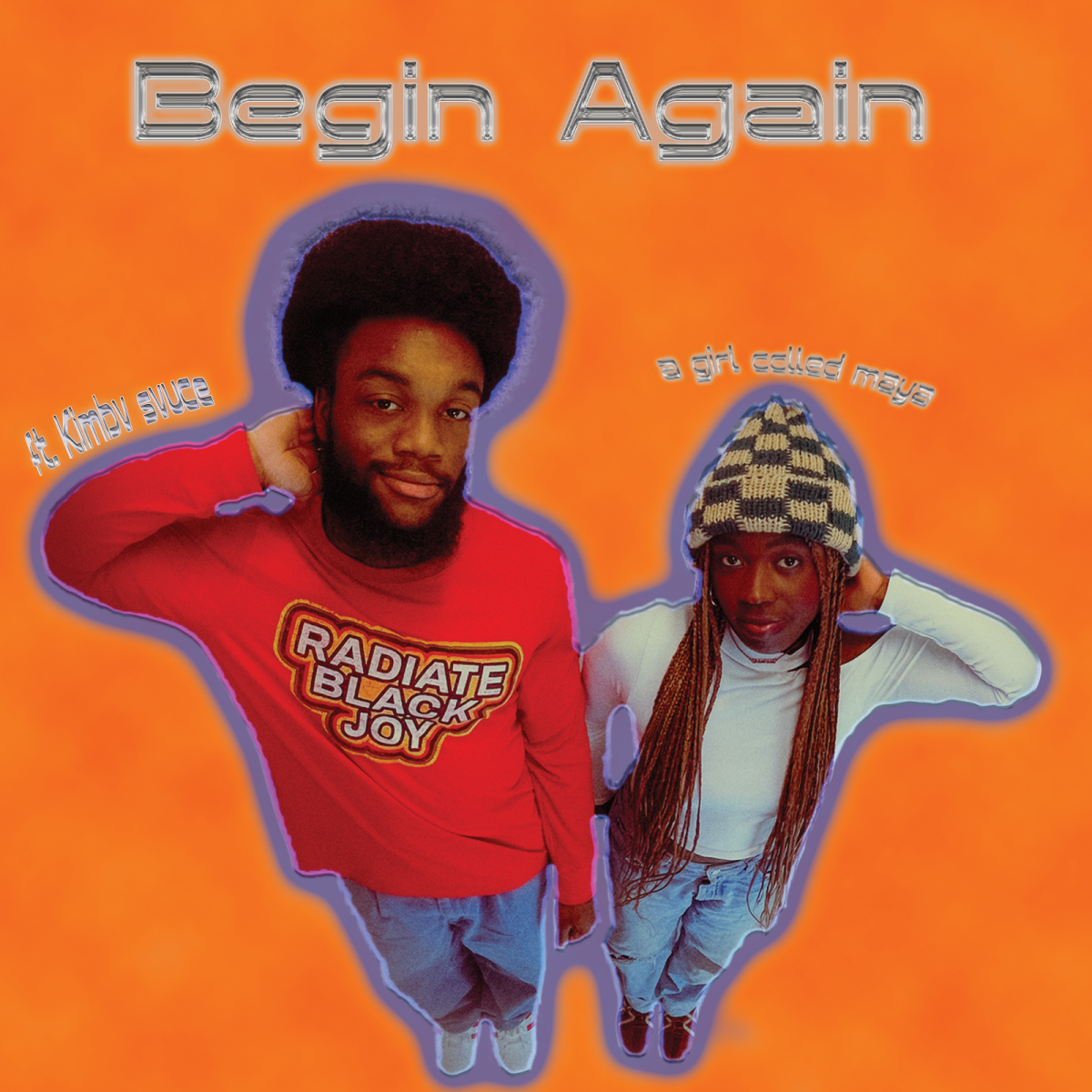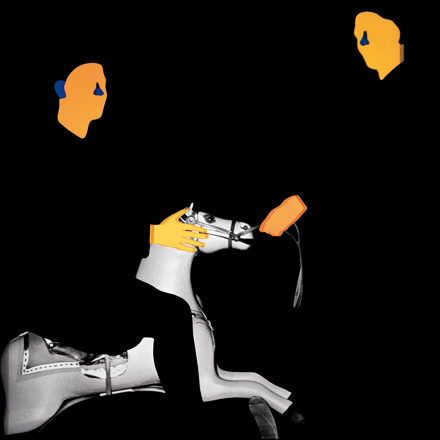Loyola is sometimes labeled as “Tulane’s hipster neighbor,” but just because many Loyola students prefer live music to football and philosophy to accounting, does that really classify them as hipsters?
Defining the term “hipster” is a challenge since it is used so loosely and can carry different meanings depending on where you are. The Merriam-Webster Dictionary defines the word hipster as “a person who is unusually aware of and interested in new and unconventional patterns.”
Despite the specificity of the definition, trouble arises when one has to determine what constitutes an “unconventional pattern.”
Criminal justice professor David Khey teaches a class on deviant behavior which has a section on hipsters. He said unconventional behavior that can warrant the hipster label ranges from a way of dress, choice of words, musical interest, lifestyle choices and much more.
This leaves the true definition of “hipster” open to much interpretation. But some believe that the term is so abused that at this point it is practically indefinable.
“I think it’s been used so much in so many different ways that at this point, a lot of people have forgotten who they meant to refer it to in the first place,” English writing junior Ryan Mitchell said.
Khey explains that perhaps the main issue with defining the hipster subculture is that there is little to tie it to. In the past, defiant subcultures have always been associated with some larger social movement. For example, in the 1960s the hippie subculture advocated for the cessation of the war in Vietnam. In the 1970s, the punks were interested in total anarchy.
However, today’s hipster generation has no central cause, or at least not one that they are willing to share with the masses, said Khey.
Khey explains that hipsters enjoy rejecting the norms, but for no particular reason except for being subversive.
“Certainly there is a disdain for the mainstream, but it does not seem that the rebellion goes as far as other subcultures. Perhaps passive rebellion is a good way to peg the wider hipster crowd,” Khey said.
Another difference between hipsters and the subcultures of the past is that today’s society doesn’t seem to consider being labeled a hipster very prideful.
Mitchell explains that the hippies of the 60s were proud to flaunt their title because it meant they cared about worthy causes, such as world peace.
Some students, such as graphic design senior Max Pluenneke, argue that the mass majority of hipsters are trust-funders who go out of their way to look poor.
According to Pluenneke, the aim of hipsters is to pay high but look low, and this hypocrisy is what makes the term hipster unappealing to most other people.
Pluenneke said that hipsters are “ironically trying to kill the one percent by funding it with their disposable incomes.”
But Mitchell said the term is arbitrary and should be eliminated totally.
“I think we should drop these kinds of terms and just be our generation. All cultures and subcultures invited,” Mitchell said.
Olivia Lueckemeyer can be reached at [email protected]













